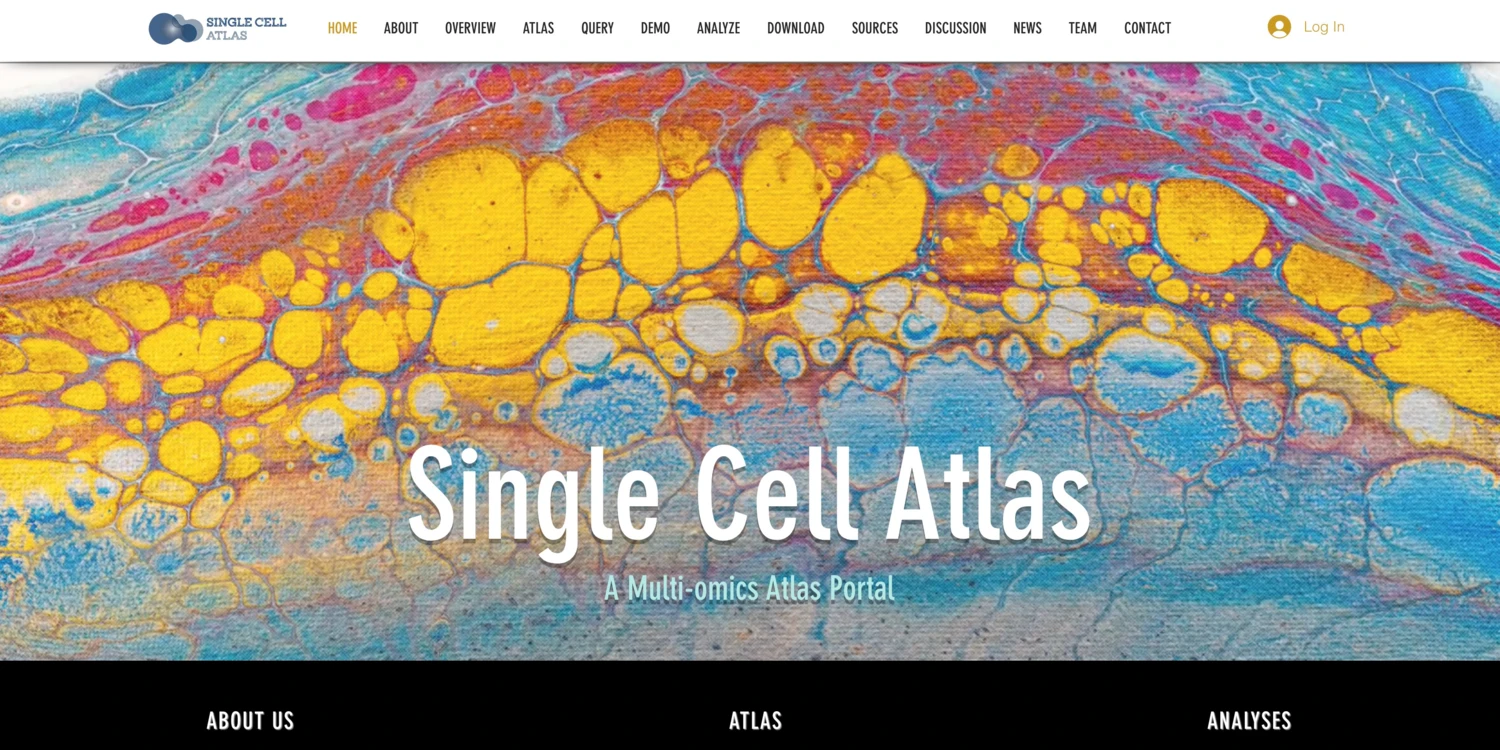Click here for photo of QRC Chief Executive Ian Macfarlane.
The Queensland Resources Council (QRC) supports today’s statement by the Mineral Council of Australia regarding the industry’s ambition to achieve net zero emissions by 2050.
QRC Chief Executive Ian Macfarlane said members are resolutely committed to working together to achieve energy security while taking proactive steps towards a low-emissions economy.
“An orderly transition to a low-emissions economy will require an integrated set of national policies, which are technology-neutral,” Mr Macfarlane said.
“These policies must sit within the framework of Australia’s participation in global agreements, including the Paris Agreement, which includes greenhouse gas emission reduction commitments from major emitting nations.”
Mr Macfarlane said the QRC supports the Paris Agreement and its emissions reduction goals to limit global warming to well below 2, preferably to 1.5 degrees Celsius, compared to pre-industrial levels.
“Climate change is a critical global challenge which must be addressed by all parts of society, and the resources industry is absolutely committed to being part of the global solution,” he said.
“QRC members are already working on lowering emissions and reducing energy costs in their own operations by improving energy efficiency, adopting renewable energy, investing in co-generation and implementing demand management.”
Mr Macfarlane said the ongoing strength of the resources sector is essential for Queensland to capitalise on the benefits and opportunities presented by new economy minerals, including their role in creating new energy sources such as renewables and hydrogen.
“The same trends driving global demand for Queensland’s resources are also shaping the direction of Queensland’s resource operations,” he said.
“A QRC report released earlier this year found the number of member CEOs investing in low emission technology research and development has almost doubled over the past two years, jumping from 40 to 70 percent.
“The report also found nearly a quarter (22%) of our CEOs are already using renewable energy to power parts of their operations, and almost two-thirds (65%) expect to undertake investments to reduce emissions from their own operations over the next 12 months.
“The resource industry is also already well down the path of electrification, which is a critical first step in reducing the emission footprint of mining operations, with most compressor stations, conveyor belts, draglines, grinding mills and reverse osmosis plants already electrified,” he said.
“Everything from green power contracts to battery-operated underground vehicles is under consideration.”
Additional information:
- In May this year, QRC member Coronado announced it was assessing options for a ‘behind the meter’ solar farm as well as opportunities to harvest incidental coal seam gas to generate electric power on site at Curragh.
- Hatch, Anglo American, BHP and Fortescue have established a Green Hydrogen Consortium to look at using green hydrogen to decarbonise their operations globally.
- Anglo American is working with ENGIE to develop the world’s first hydrogen-powered mining truck, whose operational performance is expected to match or exceed their diesel equivalents with the added benefits of cleaner air, less noise and lower maintenance costs.
- Methane captured at Anglo American’s Moranbah North, Grosvenor and Capcoal underground metallurgical coal mines is being used by nearby power stations to reduce its carbon emissions by around 5 million tonnes of CO2e per annum and generate more than 140 MW of electricity per annum, or enough to power 90,000 homes.








